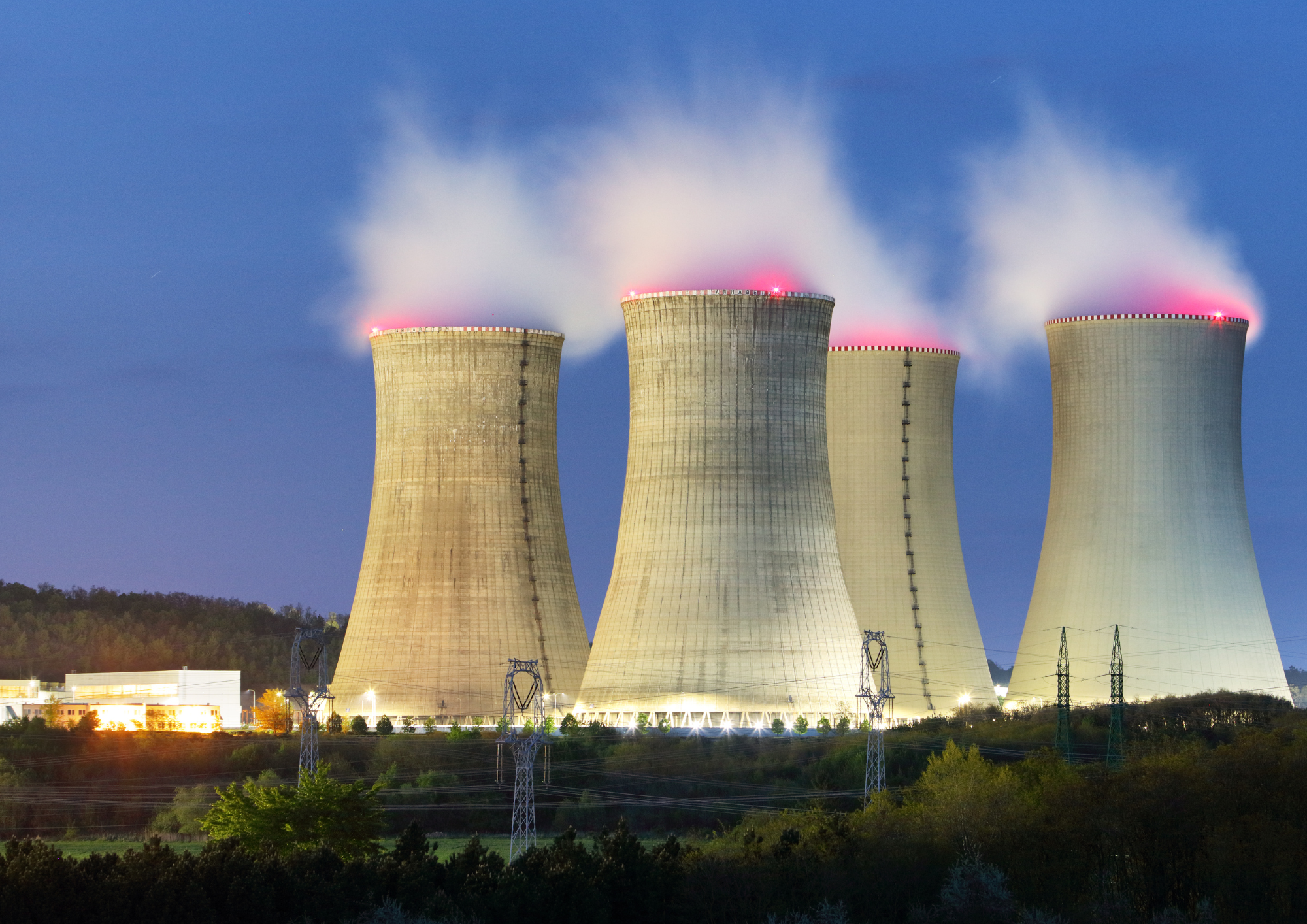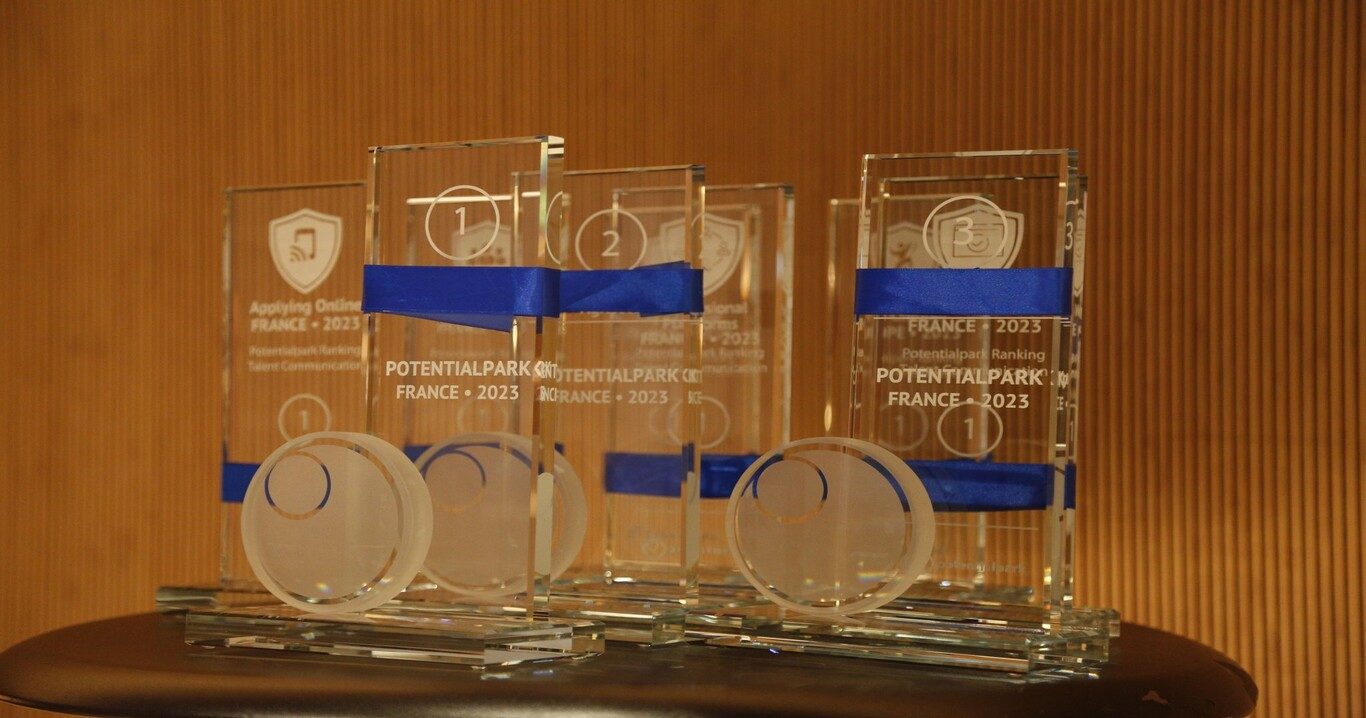Historically, nuclear engineering has been built around requirements for stability and rigour. This approach, which guarantees a high level of safety, has sometimes slowed down the adoption of new methods. As a result, the industry, a pillar of our energy sovereignty, is at a turning point. It must modernise its facilities, optimise its operations, control its costs and cope with increasing regulatory pressure.
To ensure its competitiveness and meet the imperatives of sobriety and efficiency, it can draw inspiration from solutions developed in the automotive industry – a sector that has successfully evolved in the face of comparable constraints and developed robust tools to manage complex projects while ensuring their profitability.







 FOR A BETTER EXPERIENCE
FOR A BETTER EXPERIENCE